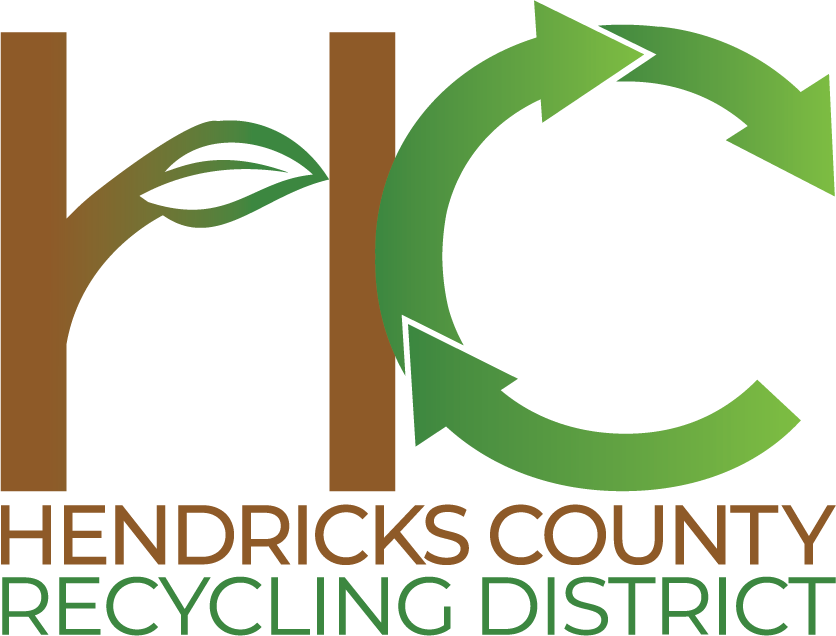Why Does It Matter?
We all know that the Earth has been doing its own recycling for a very long time. Leaves, twigs, weeds, and all manner of living things are part of the cycle of life and death making their way back to the soil. Grass is no different. If we cut the grass and leave it where it lies, it will decompose quickly (it’s mostly water) and return to the soil to fertilize new blades of grass. We like to call this process “Grasscycling.”
So, why should you consider Grasscycling this season? First, yard waste makes up about 12% of the municipal solid waste stream and most landfills will no longer accept any sort of yard waste. Throwing grass clippings in the trash isn’t a great plan…plus you won’t have to rake and bag those clippings any more! Also, Grasscycling encourages a healthier lawn. When clippings decompose the nitrogen they were holding returns to the soil. Another bonus is that the decomposing clippings promote microbial activity that will improve your lawn’s water holding capacity and increase aeration of the soil.
What Should You Do?
Here are some tips for Grasscycling Success…
· It is best to cut grass when the surface is dry. You should also make sure mower blades are sharp.
· Follow the “1/3 rule”: mow your lawn often enough so that no more that 1/3 of the length of the grass blade is cut in any one mowing. Frequent mowing will produce short clippings that will not cover up the grass surface. You may have to cut the lawn every 7 days while grass is growing fast, but only every 7 to 14 days when the lawn is growing slowly.
· You can Grasscycle with most any mower (push, electric, or gas). The mower collection bag should be removed to allow clippings to drop on the lawn.
· Consider purchasing a “mulching” mower which cuts grass blades into small pieces and forces them into the soil.
Grass clippings can also make for a nice fertilizing mulch in the vegetable garden. The clippings are full of nitrogen and potassium. When used as a mulch, grass clippings cut down on weeds, hold moisture and, like other kinds of mulch, keep the soil warm. The secret to grass mulching success is to allow the grass clippings to dry slightly on the lawn before applying to your garden in thin layers.
A word of caution: any fertilizers, pesticides or herbicides that were applied to your lawn in the days before you mowed will remain in the clippings. So, be aware of those chemicals and how they may impact your garden plants before you add the clippings to your plot.
Next Edition…
Next time we’ll continue our outside theme and share the basics on home composting. It’s much easier than you may think! Join us then!

